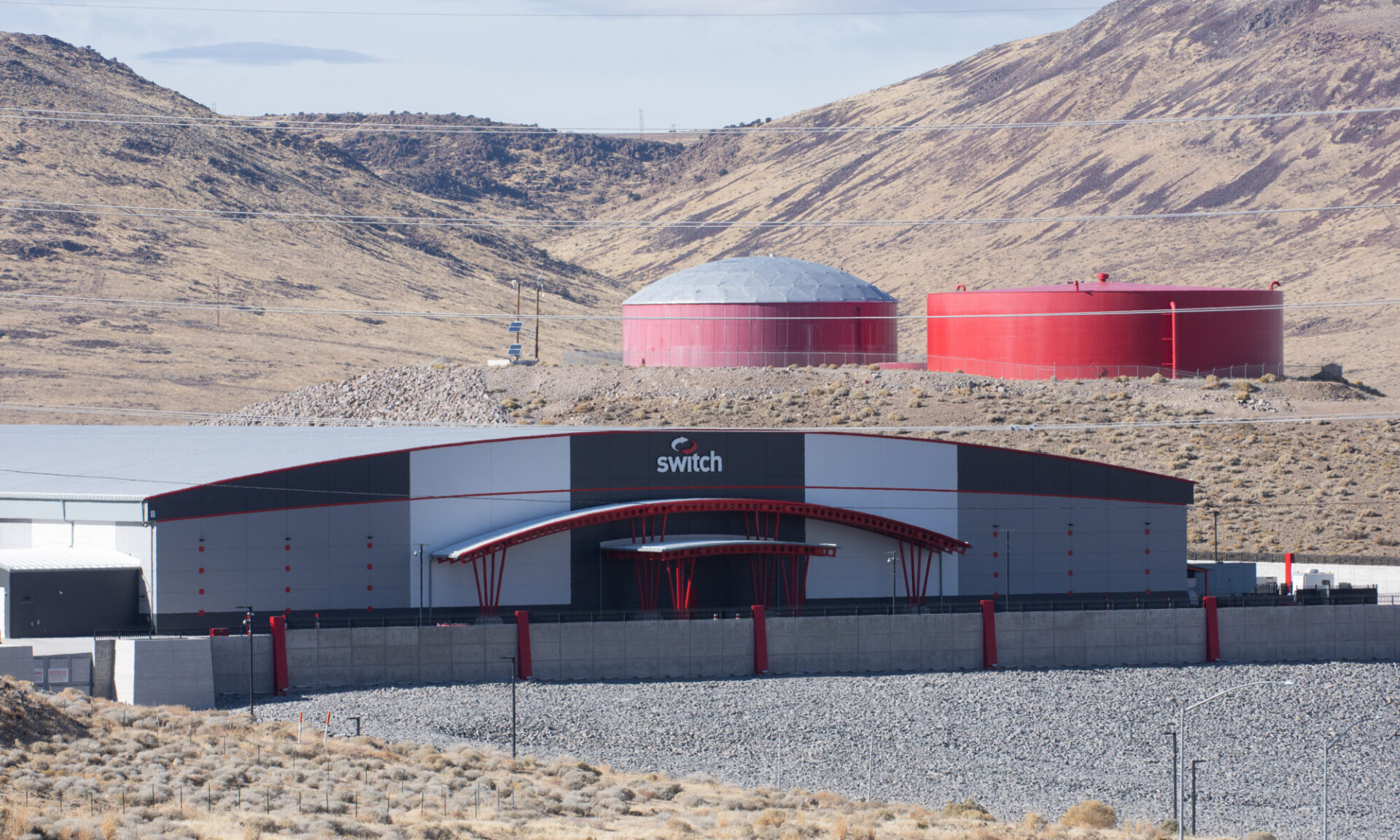Should We Cover Deserts with Data Centers?
The debate around data centers has intensified recently, with growing concerns about their environmental impact. Many argue that data centers are heating up the planet and driving electricity costs through the roof. But are these discussions really addressing the core issues? While concerns about rapid data center growth are understandable, we may be overlooking the real problems behind this expansion.
As someone who has worked as an IT manager for 20 years, handling server and user support operations, I’ve gained experience working in countless data centers, small server rooms, and even basements. I plan to continue this work in the future. However, with the heated discussions about data centers’ environmental impact, I sometimes feel like I’m being portrayed as an environmental villain. While this may be an exaggeration, there are moments when it’s hard to shake off that feeling.
The Real Issue Isn’t Data Centers Themselves
The core of all these discussions isn’t actually about data centers themselves. The real problem lies in the controversy surrounding the rapid advancement of AI and the technology industry, along with the economic and social changes it has triggered. It’s true that power consumption for processing and storing data is increasing. Recent AI technology demands enormous computational power, leading companies to build massive data centers. However, this change is an inevitable trend.
We’re already facing the reality of skyrocketing data center demand driven by AI technologies like Large Language Models (LLMs). Just as NVIDIA’s revenue more than doubled in just two years, massive investments are being made, resulting in explosive data center growth. The North American data center market grew by 24.4% in 2024, placing significant strain on power grids. Data centers now account for 4.4% of total U.S. electricity consumption.
Understanding the Power Infrastructure Challenge
These statistics provide the foundation for some people’s concerns that “data centers will devour the planet.” However, we’re overlooking a crucial fact: U.S. electricity production has remained essentially unchanged since 2007. Despite the emergence of new power consumption factors like smartphones, electric vehicles, and high-speed rail, power infrastructure has barely expanded. We haven’t adequately reflected the expansion of power production infrastructure in a situation where population and new consumption factors are increasing. Therefore, it’s natural that increased data center power consumption strains the power grid.
Positive Changes Are Already Happening
There are hopeful developments as well. Water resource consumption by power plants decreased by 25% between 2008 and 2020, which is significant for reducing water consumption from electricity production in data centers and other industries.
Additionally, there’s a possibility that AI technology development may slow down. Current AI development relies on feeding more data into models, but it’s predicted that we’ll soon reach “peak data.” When this point is reached, the additional computing performance needed for AI learning may decrease.
Market Forces Are Creating Natural Corrections
Recent increases in cloud service costs are causing companies to return to building their own servers, signaling changes in data center demand. Furthermore, possibilities for performance improvements through semiconductor technology and software optimization still exist. The rapid expansion of data centers will eventually moderate, and the environmental impact we’ve been concerned about will likely decrease.
The Path Forward: Strategic Planning Over Panic
Therefore, there’s no need to feel excessive fear about data centers. We need to move toward systematically managing the infrastructure needed to store and process data and expanding necessary power infrastructure. It’s time to abandon the illusion that power production has reached its limits and actively utilize renewable energy. Fortunately, renewable energy is becoming increasingly affordable, and solar power became the most economical electricity generation method as of 2019.
Major data center operators like Microsoft, Google, and Amazon are now exploring independent power supply solutions that don’t burden public power grids. While government oversight of excessive tax breaks for data centers is necessary, data centers will naturally establish themselves as essential infrastructure for growth and can become part of the solution to the challenges we face.
Conclusion: Infrastructure for the Future
Ultimately, data centers, like other industries, will function as essential future infrastructure when supported by appropriate planning and balanced policies. To ensure past concerns don’t become excessive, we must recognize their potential and necessity while preparing realistic alternatives.
The key is not to fear data centers but to manage their growth intelligently through proper infrastructure planning, renewable energy adoption, and balanced regulatory approaches. The future depends not on stopping technological progress but on guiding it responsibly.

